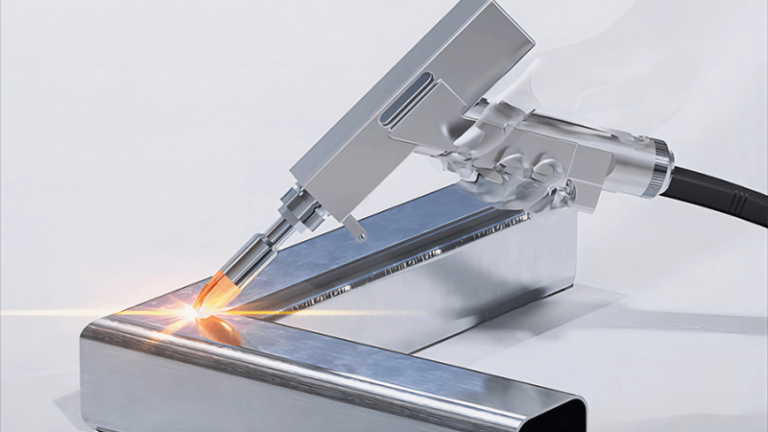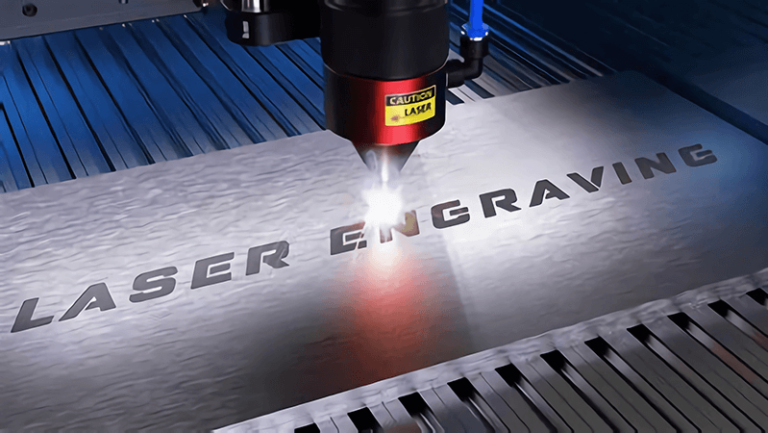When choosing a welding machine, the wrong type can waste time, increase defects, and drive up costs. Many factories still use traditional methods, even when a better option exists.
I primarily rely on fiber laser welding machines—they deliver ultra‑clean, narrow welds with minimal heat distortion, ideal for high‑volume settings. Their speed and precision consistently outperform TIG in production lines.
Many people don’t realize that choosing the right welding technology isn’t just about the material—it’s about speed, precision, and long-term reliability. That’s why we use laser welding at Kirin Laser. Let me show you why it works.
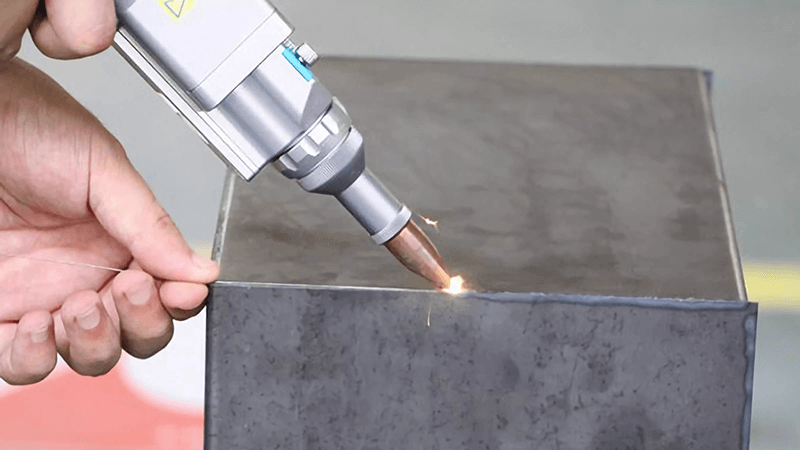
What type of welding is commonly used?
Many factories still use TIG or MIG, thinking they are the only real options. But in high-volume or precision work, these methods fall short.
Today, TIG, MIG, and increasingly fiber laser welding are the most commonly used welding methods in industrial settings. The choice depends on the material, finish quality, and production volume.
Why laser welding is replacing older methods
Let’s look at the three major types:
TIG Welding (Tungsten Inert Gas)
- Known for clean, strong welds
- Slow and labor-intensive
- Requires high operator skill
MIG Welding (Metal Inert Gas)
- Faster than TIG
- Suitable for mild steel and aluminum
- More spatter, less precision
Fiber Laser Welding
- Non-contact, high-speed
- Minimal heat-affected zone (HAZ)1
- Ideal for stainless steel, aluminum, thin metals
| Method | Speed | Precision | HAZ | Skill Required |
|---|---|---|---|---|
| TIG | Low | High | Medium | High |
| MIG | Medium | Medium | High | Medium |
| Laser (Fiber) | High | Very High | Low | Low to Medium |
At Kirin Laser, we often recommend fiber laser welding to clients in medical, electronics, and battery industries. One customer in medical devices was facing micro-cracks from TIG welding2. After switching to our fiber laser system, their defect rate dropped by over 60%. And they doubled their production line speed.
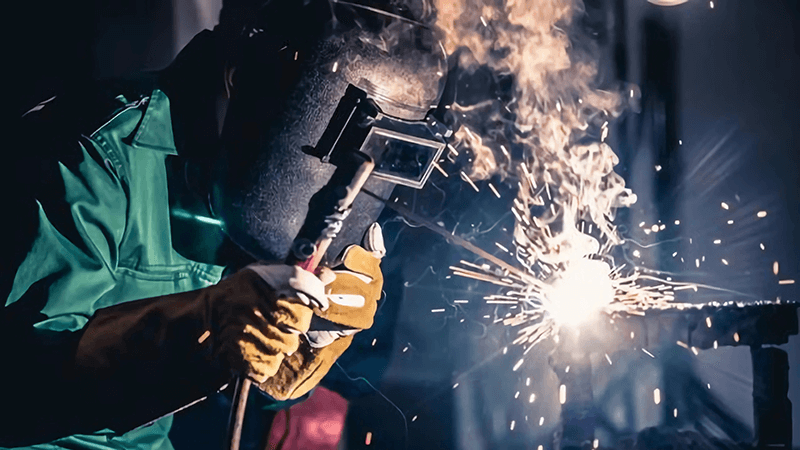
What is the most common welding machine?
Many think the most common machine must be the best. But the most popular isn’t always the most efficient or modern.
The most commonly used welding machines in general industry are MIG welders. However, for precision applications, especially in electronics, automotive, and medical sectors, fiber laser welding machines are quickly becoming the go-to choice.
What’s common isn’t always optimal
MIG welders dominate general manufacturing and fabrication. They’re cheap and fast. But when the job needs higher accuracy, things change.
Here’s how common machines compare:
| Welding Machine | Common Use | Pros | Cons |
|---|---|---|---|
| MIG Welder3 | General fabrication | Fast, cheap, easy to use | Lower precision, more spatter |
| TIG Welder4 | Aerospace, thin metals | High quality, clean welds | Slow, hard to master |
| Fiber Laser Welder5 | Precision & automation tasks | Precise, clean, fast | Higher initial cost |
Many of our customers began with MIG or TIG setups. But once they saw how fiber laser welding worked—especially for high-end parts or automated lines—they switched. We even offer OEM options so customers can rebrand and integrate them into their own production systems.
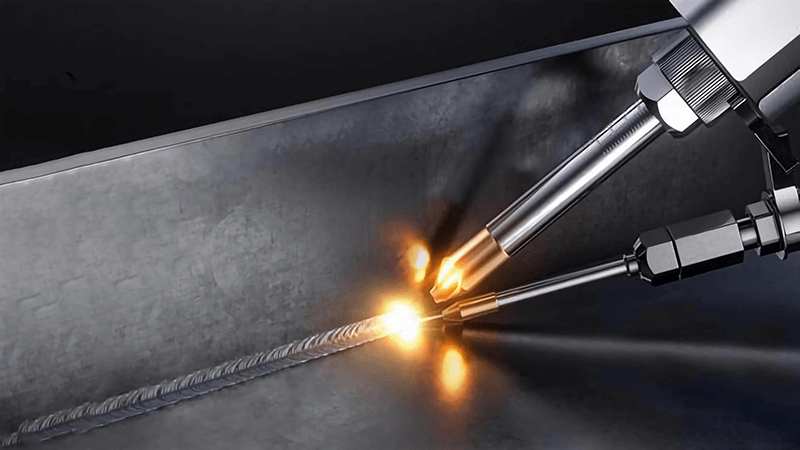
What is arc MIG and TIG welding?
People often confuse arc welding with specific methods like MIG and TIG. All are related, but they aren’t the same.
Arc welding is a broad term that includes MIG and TIG. It uses an electric arc to join metals. MIG uses a consumable wire feed, while TIG uses a non-consumable tungsten electrode and separate filler.
Breaking down the basics of arc-based welding
Let’s clarify the relationships:
Arc Welding
This is the parent category. It uses an electric arc to melt the base material.
MIG (Metal Inert Gas)6
- Wire fed continuously
- Good for thicker materials
- Semi-automatic
TIG (Tungsten Inert Gas)7
- Uses non-consumable tungsten
- Ideal for thin materials
- Requires more skill
| Feature | MIG | TIG |
|---|---|---|
| Electrode | Consumable wire | Non-consumable tungsten |
| Shielding Gas | Argon/CO2 | Argon |
| Application | Construction, fabrication | Aerospace, precision welding |
| Learning Curve | Medium | High |
At Kirin Laser, we respect arc welding’s legacy—but we’ve moved forward. Laser welding machines do the same work with more control, less mess, and faster results.
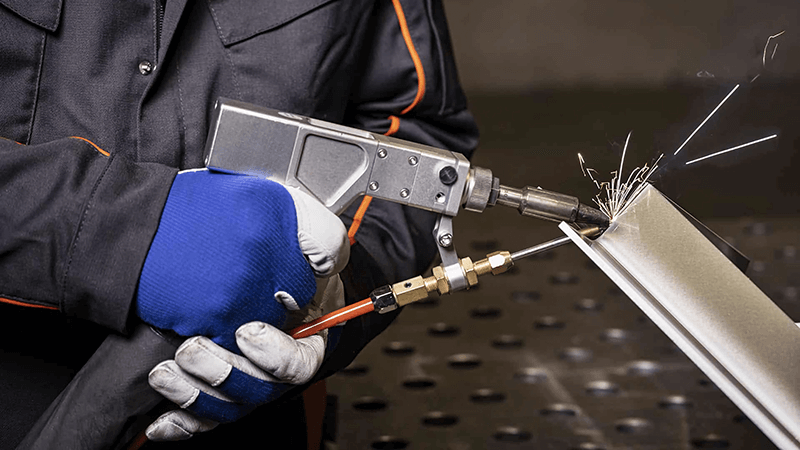
What are the four types of welding machines?
People often ask if there are only one or two machine types. But each method has its own machine, and laser welding adds a fifth modern option.
The four primary types of welding machines are MIG, TIG, Stick (SMAW), and Flux-Cored (FCAW). Each has different uses based on materials, thickness, and budget. Laser welding is often considered a fifth category for high-end applications.
Understanding the core machine types
Here’s a breakdown:
MIG (Metal Inert Gas) Welder
- Easy to use, fast setup
- Best for steel and aluminum
TIG (Tungsten Inert Gas) Welder
- Precision work
- Clean, controlled welds
Stick Welder (SMAW)
- Oldest and most rugged
- Works outdoors, less clean
Flux-Cored Welder (FCAW)
- Similar to MIG but uses flux core wire
- No shielding gas needed
| Welding Type | Best For | Environment | Maintenance |
|---|---|---|---|
| MIG | Thin metals, fabrication | Indoors | Low |
| TIG | Clean welds, thin metals | Clean shop | Medium |
| Stick | Heavy-duty jobs, outdoor | Outdoors | Low |
| Flux-Cored | Construction, repair work | Indoors/Outdoors | Medium |
At Kirin Laser, we work with distributors who used to rely only on these four. But now, many of them have added a fifth—fiber laser welding8—to serve industries that demand cleaner, faster results. We offer full OEM support for those looking to enter this growing segment.
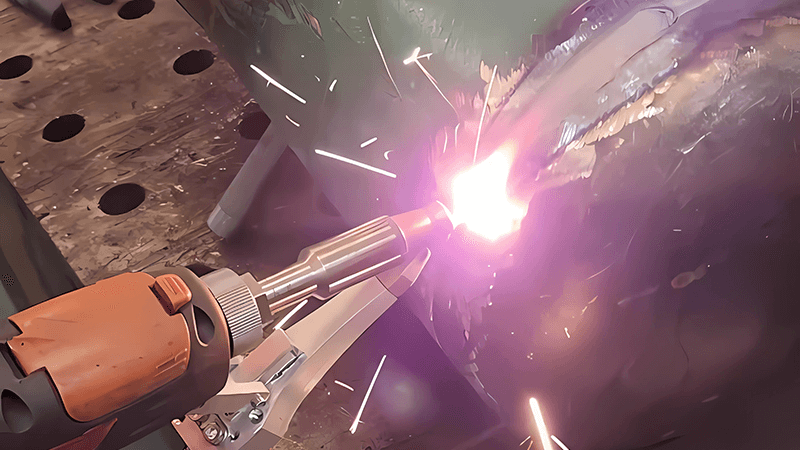
Conclusion
Traditional welding machines still dominate many factories, but fiber laser welding9 is changing the game. It's cleaner, faster, and more precise. At Kirin Laser, we’ve helped partners across industries—from medical to guitar manufacturing—improve results and reduce defects with our fiber laser systems. If you're still using TIG or MIG, it may be time to take the next step.
-
Understanding HAZ is crucial for improving weld quality and minimizing defects in various applications. ↩
-
Learn about the causes of micro-cracks in TIG welding and effective strategies to prevent them for better weld integrity. ↩
-
Understanding the pros and cons of MIG Welders can help you make informed decisions for your manufacturing needs. ↩
-
Discover the industries that benefit from TIG Welders, especially for high-quality and clean welding applications. ↩
-
Explore the benefits of Fiber Laser Welders for precision tasks and automation, enhancing your production quality. ↩
-
Exploring MIG welding can provide insights into its efficiency and suitability for various materials, enhancing your welding knowledge. ↩
-
Learning about TIG welding will help you appreciate its precision and applications in specialized fields like aerospace. ↩
-
Explore the advantages of fiber laser welding for cleaner and faster results in various industries. ↩
-
Find the best laser welding machine and laser welding solutions from Kirin Laser, clicking this link to get your best product. ↩



